Society puts a premium on convenience and accessibility. If something is quick, easy, and immediate, then it is more likely to reign supreme with the modern consumer. Often customers value these qualities to such an extreme that they negate other important considerations such as product quality, ethical production, and timeless, lasting value.
There has always been something alluring about items that are made with slow, deliberate intentionality, as if the anxious anticipation that comes as a natural byproduct of this process is just as valuable as the final product itself. There is something inherently authentic in this type of anticipation, something raw, unfiltered, and promising. Nothing surpasses the magic that transpires when you mix the most foundational of materials—particularly those inspired by nature—with the unbridled possibility catalyzed by human hands. True craftsmanship blossoms when we take the most basic of elements and transform them into something extraordinary. While this idea isn’t exclusively American, this ideology epitomizes the American spirit and communicates an entrepreneurial sentiment that captures the hearts of many.
The idea of being “local” has been particularly trendy over the last several years. Eat local, shop local, stay local: “Local” has become the new buzzword. Being local is fashionable and Millenials widely consider it synonymous with being socially conscious. Being local is sexy and paradoxically exotic[1]. In fact, there are several restaurant establishments in the Twin Cities named “The Local” which tantalizes—well, locals— with the promise of an authentically Minnesotan experience. Clearly, we, as a society, are craving something that is absent from our daily routines. We are looking for something deeper, something purer, something surprisingly special and untapped that is possible even in our own backyards.
We are starving for authenticity.
While I cannot help but chuckle at some of the extremes the need to be “local” has driven people to[2], I certainly identify with the pursuit of real, unaltered experiences. In a world where the grass is greener on the other side because it has been intentionally enhanced with a filter, optics are everything. In an effort to live up to the impossible expectations we place on ourselves, we manipulate the world around us to present a contrived version of reality. Unconvinced? Look no further than here, Instagram Husband. If J.D. Salinger’s Holden Caulfield leapt off the pages of The Catcher in the Rye he would immediately label us “phonies.” Reality isn’t actually real: We are phonies, every last one of us.
Perhaps it is no surprise then that I particularly delight in the old and the weathered because I can tangibly feel how real they are. Whether it is a friendship that has withstood the tests of time or an old pair of boots that has supported you through life’s peaks and valleys of growth, real, authentic quality is invaluable. My favorite relationships are not those that have erupted in a quick spark over night, but rather those that have been kindled from a slow burning flame and stoked with the proper kindling that only comes with time and experience. That quality—that authenticity— speaks to me, inspiring me to slow down and let myself grow intentionally over time.
Not long after moving to Minnesota, Cam and I learned of a local company, Faribault Woolen Mill Co., that has long upheld the tradition of making fine, quality woolen blankets using a slow, authentic approach. Faribault Woolen Mill Co. has been around in—you guessed it, Faribault[3], Minnesota—since 1865[4], and it proudly pours its history into all of its products. What initially prospered in response to the demands of World War I, Faribault Woolen Mill Co. has grown into a global brand renowned for its comfort and quality. With the onset of consumer demands and rapid production, it endures as one of the last vertical woolen mills in America and has been listed on the National Register of Historic Places since 2012.
Intrigued by this rich narrative— and driven restless by this incessant Minnesota cold—, Cam and I decided to make the quick forty-five minute drive south to Faribault to tour the historic mill for ourselves. The mill’s story quickly captivated us, and we were surprised to learn the robust complexity of its enduring legacy.
We were surprised to learn Faribault Woolen Mill Co. has a long-standing relationship with the US Military. Indeed, the company has supplied every man or woman in the US Military with a “foot soldier” blanket since World War I. During our tour the mill was working to fill an order for the US Army, so all the wool we saw on the production line was either white or black-died to make the famous military gray[5]. And, let me tell you, we saw a lot of gray wool!
Yet perhaps the most striking information about these blankets is the time it takes to produce them. The sheer time involved is astounding: It takes 22 steps to make a Faribault throw or blanket, and all 22 steps take place on site at the original mill on the banks of the Cannon River. The wool is carefully selected, dyed, carded, and spun before it goes through the intricate weaving process. While machinery facilitates this process, it is the human care and attention to detail that makes it possible. Notably, several mill workers have proudly made blankets since the early 1950s and continue to pass on the art and craftsmanship to the next generation. Cam and I quickly agreed the expensive price tags affixed to each product still didn’t justify the countless hours and authentic craftsman poured into each blanket.
Are there ways to speed up the process and revolutionize the technology? Absolutely. And yet, it is the time and careful human attention to detail that make Faribault blankets so celebrated and beloved. It is not the speed at which the destination is reached, but the journey and individual craftsmanship that is integral to creating a quality, authentic product.
Change doesn’t need to happen over night. Growth doesn’t need to be immediate. A final product does not need to come to fruition before the creator has proven she can withstand the journey. Sometimes we need years to get things right, to lean into experiences and give ourselves permission to develop into our fullest versions, our most authentic selves. We must slow down and proceed intentionally, savoring each moment and relishing the transformation that comes with pure, unadulterated hard work.
Grit. Stamina. Sweat.
The American Dream can take on many forms, but my vision is this: That we all may know the sweet, transformational reward that comes from investing in the quality that is ourselves, from taking the time to create, to start with raw materials and broken pieces, and persist through the frightening ambiguity until that transformative, life-changing moment where we look up and proudly say,
“I made that.”
[1] Remember the days when being “exotic” involved hailing from a faraway, ambiguous land of possibility and intrigue? Not any more! Now you can be “exotic” from the comfort of your very own neighborhood farmers market. Ahh, the marvels of modernity.
[2] Fred Armisen and Carrie Brownstein in Portlandia particularly come to mind with their relentless quest to eat local chicken. They are in fact, so determined to eat local that they travel to the local farm where the chicken in question, Colin, was raised to fact check and corroborate details of an authentically local, organic lifestyle. If you haven’t watched this episode , add it to your Netflix queue pronto! It’s local.
[3] Pronounced Fair-bow (as in tying a bow). Cam and I were not cultured enough to know this until we arrived on site to tour the mill. You learn something new every day!
[4] And rightly so: To put things in perspective, 1865 was the year Lincoln died and the Civil War ended. Impressive.
[5] Not quite that “cadet blue,” but a patriotic tribute to our service men and women nonetheless!

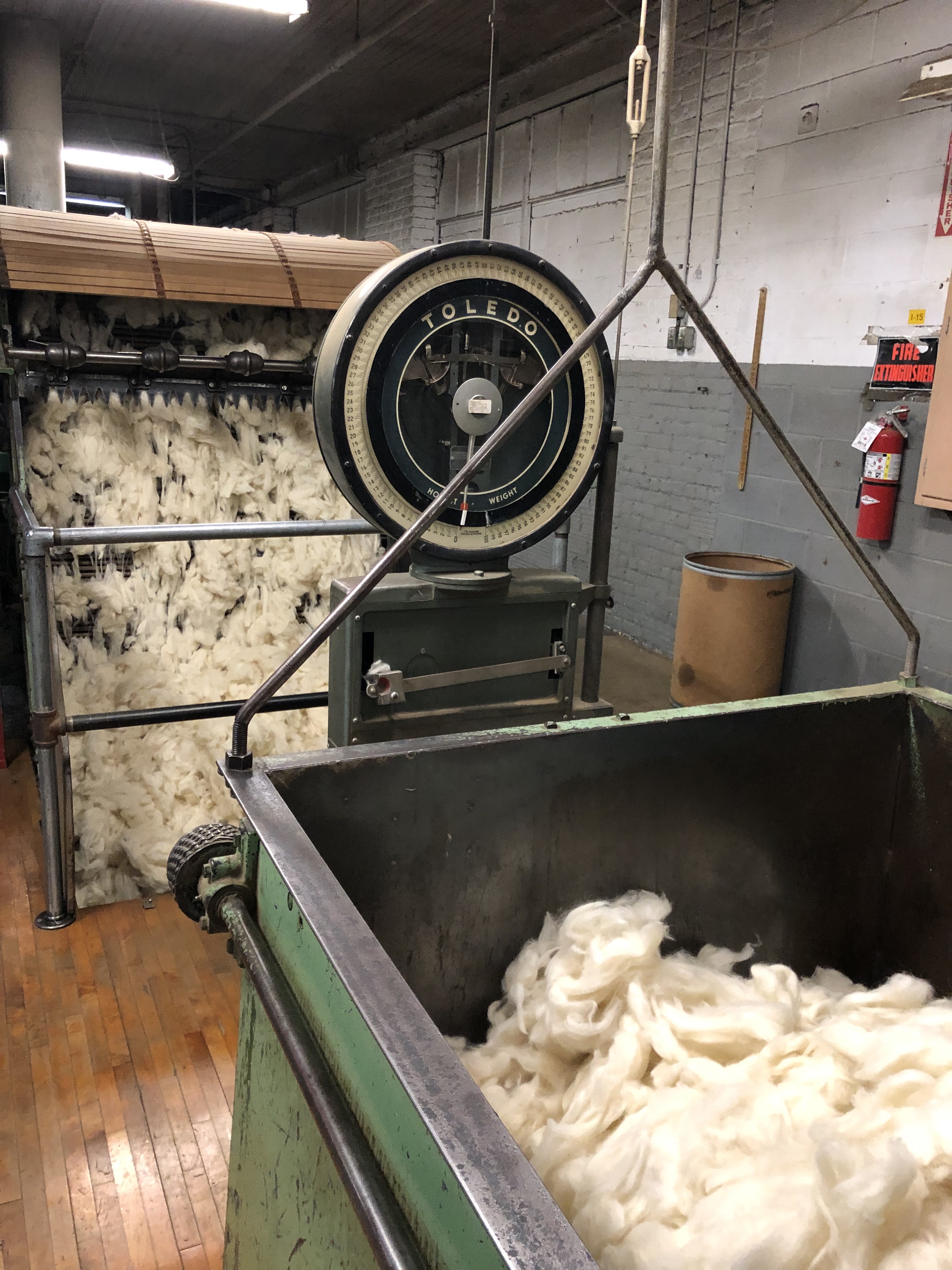
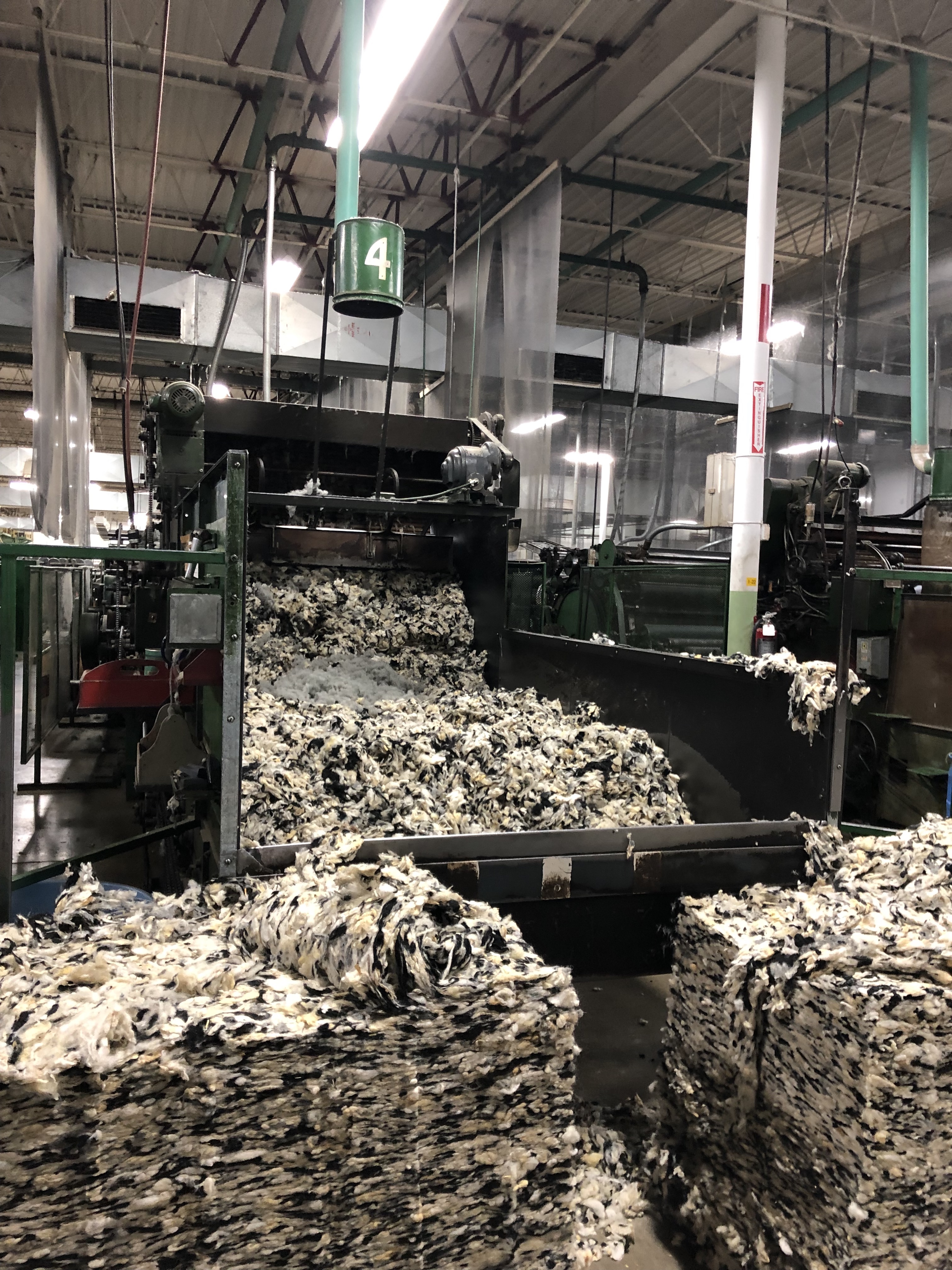
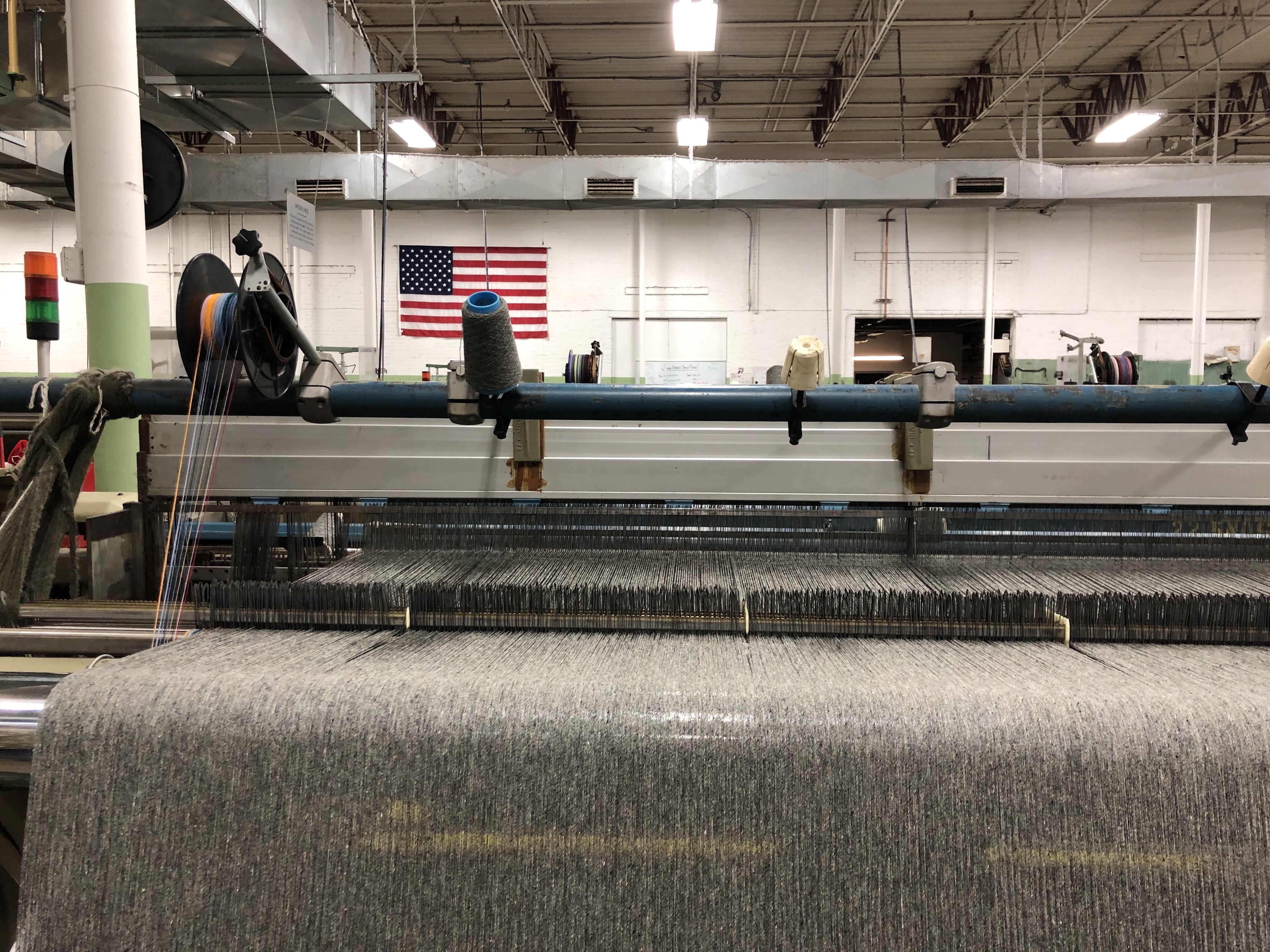
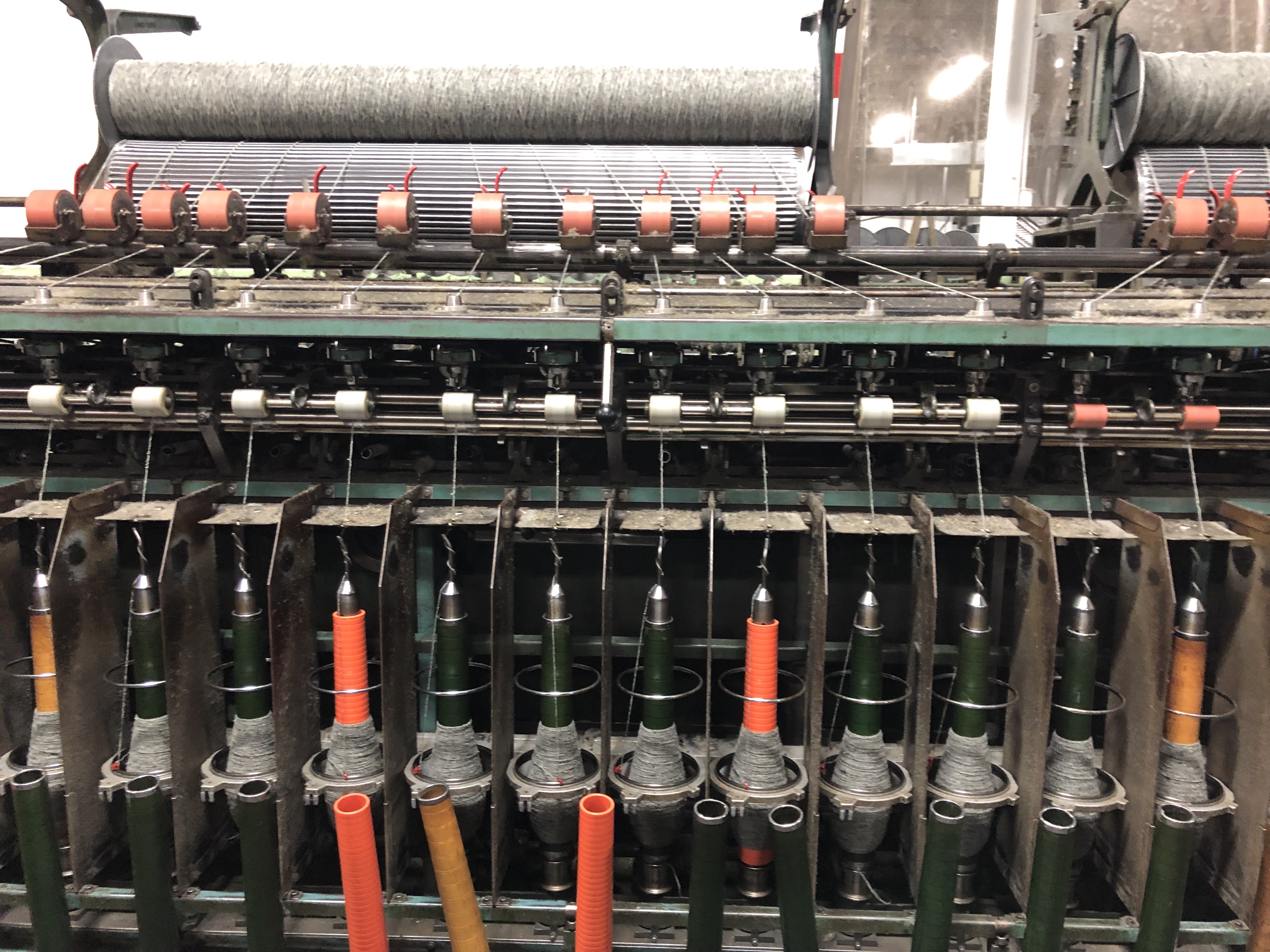
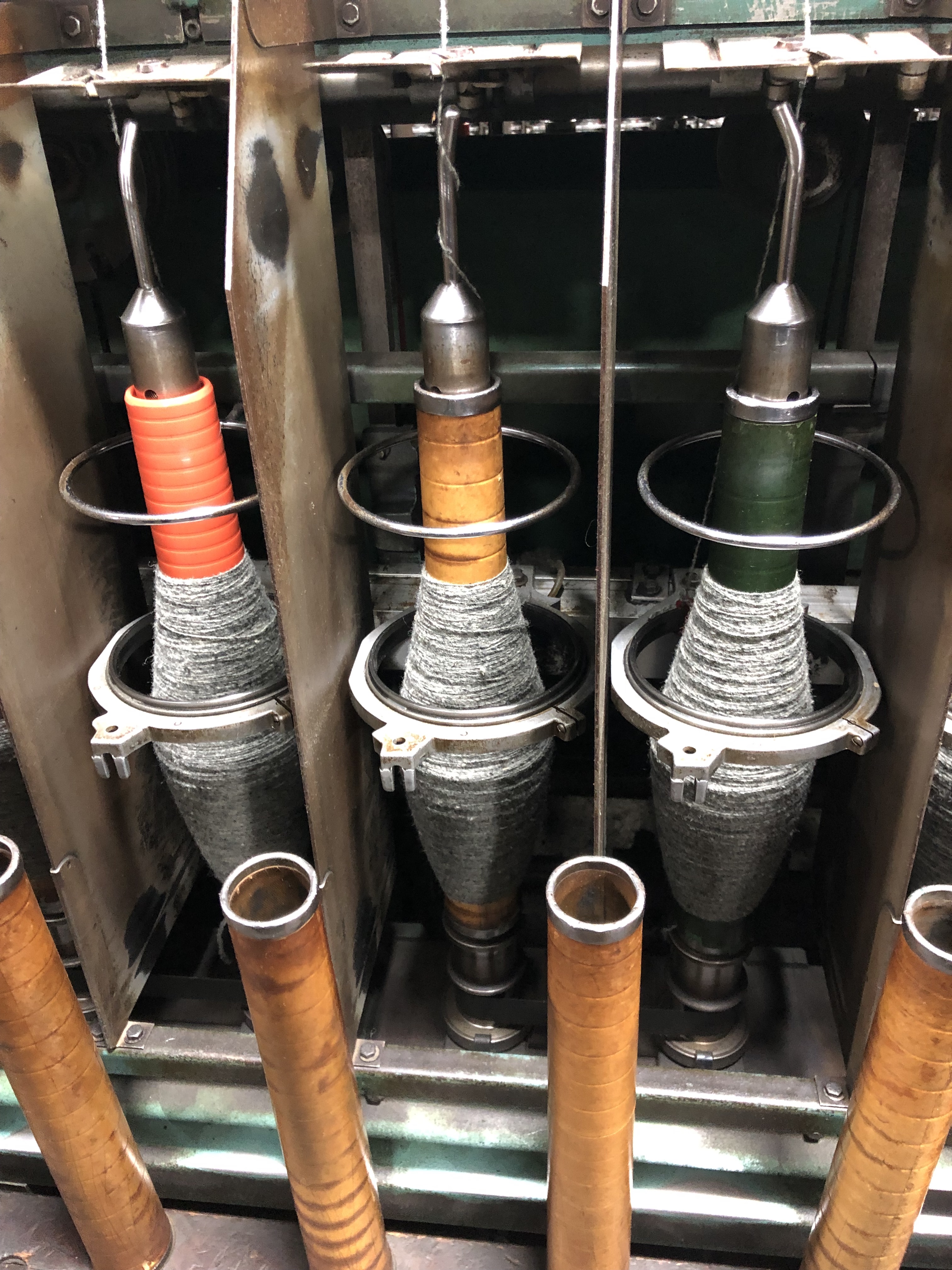
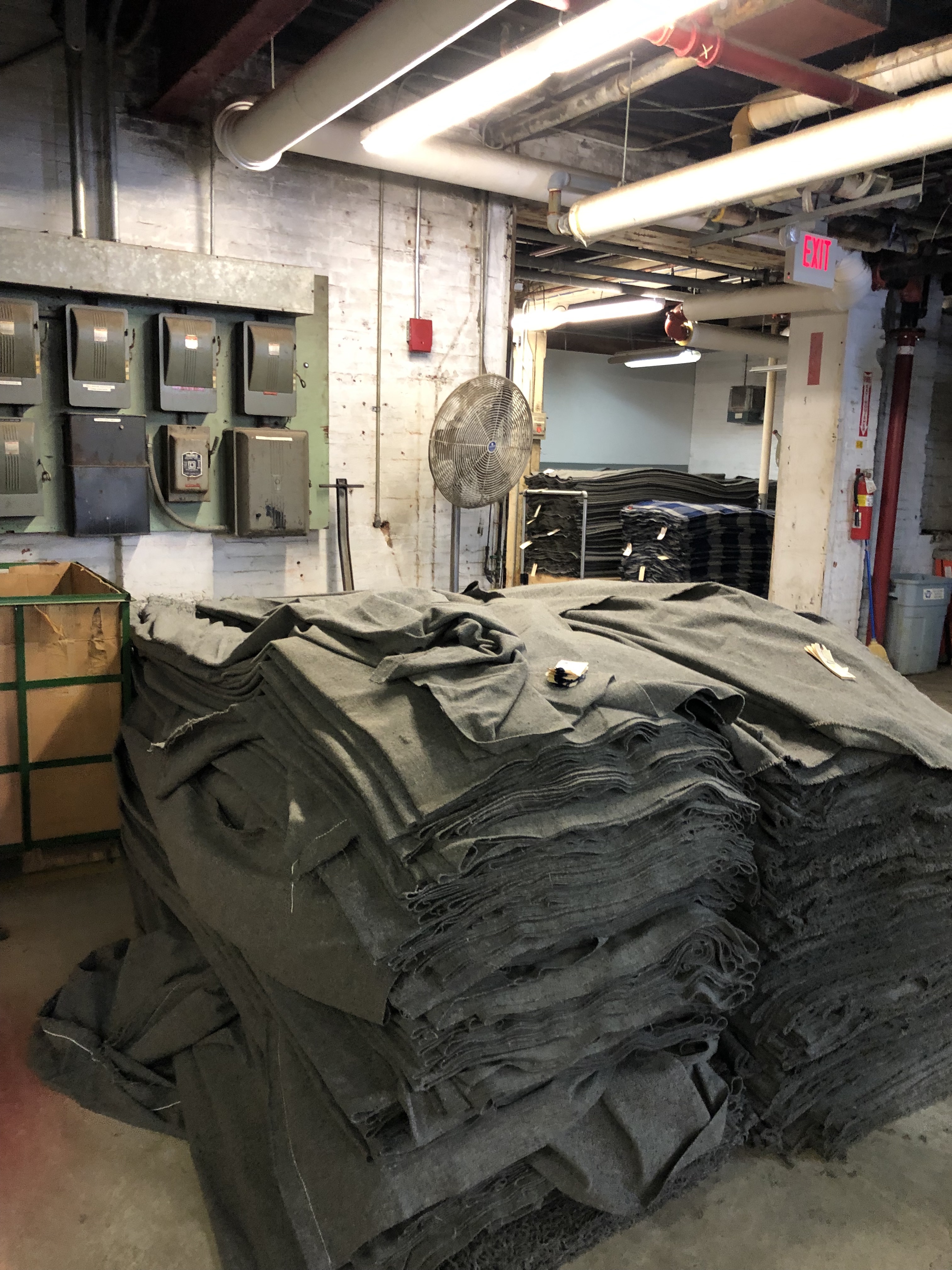

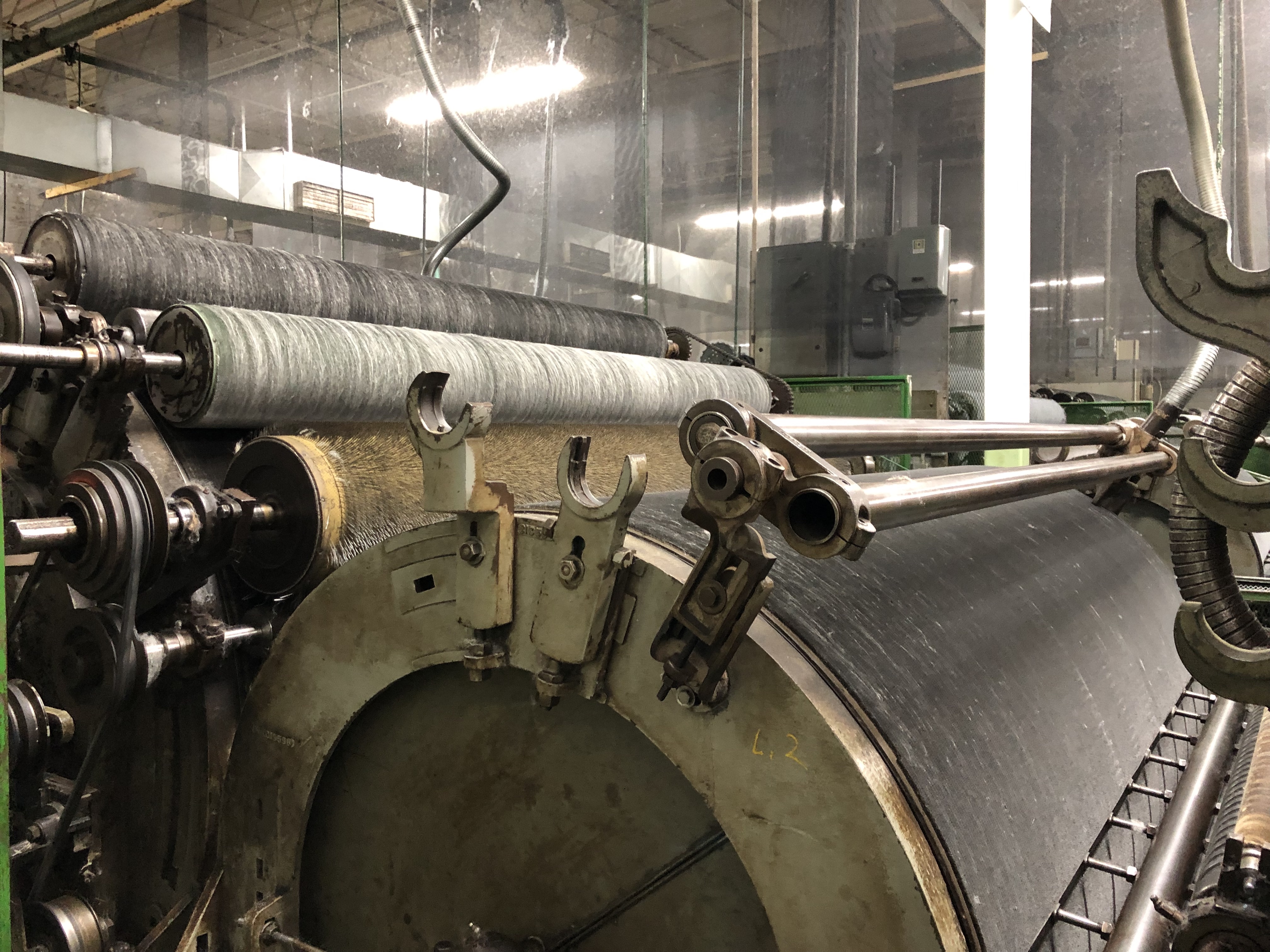
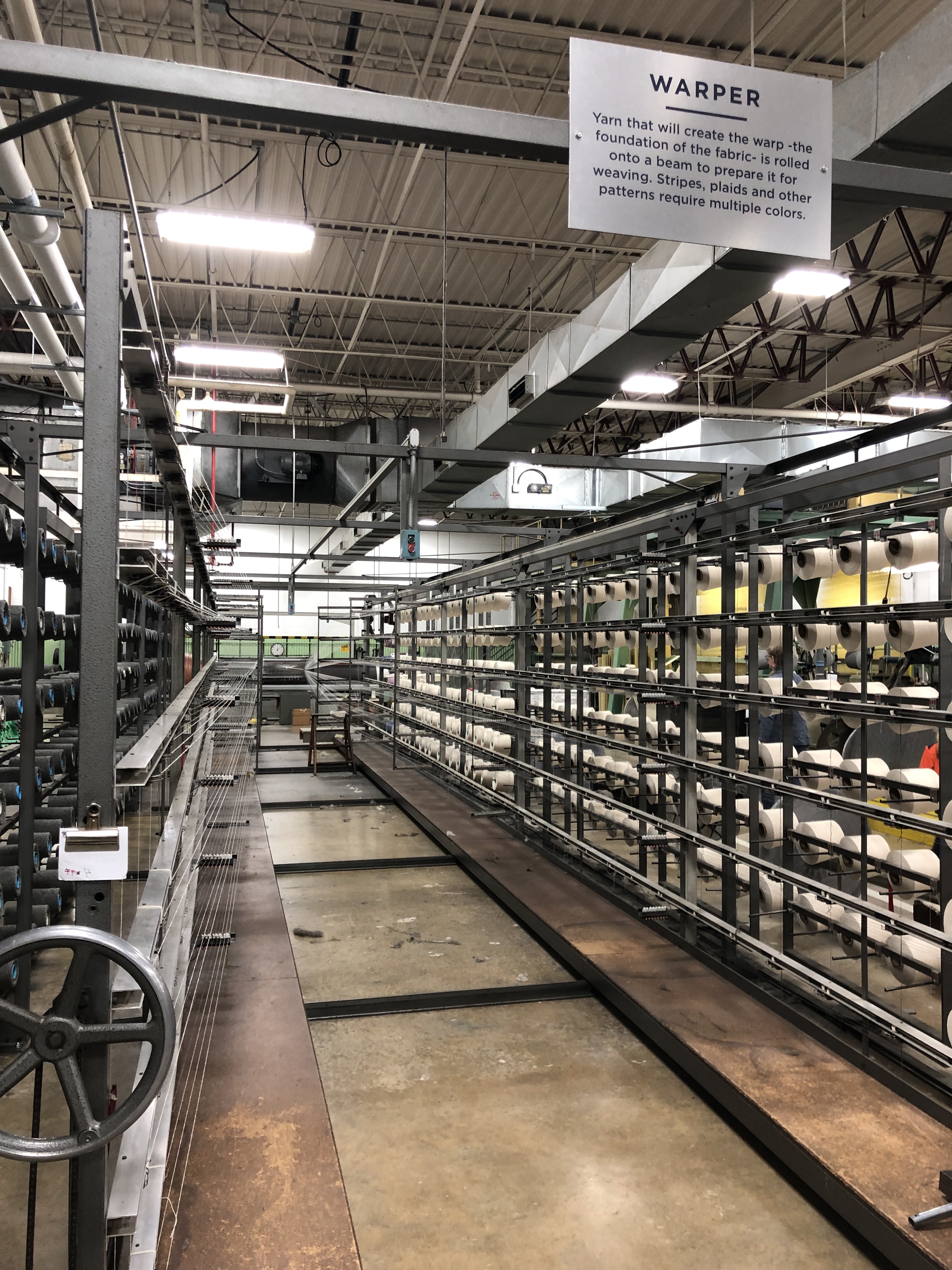
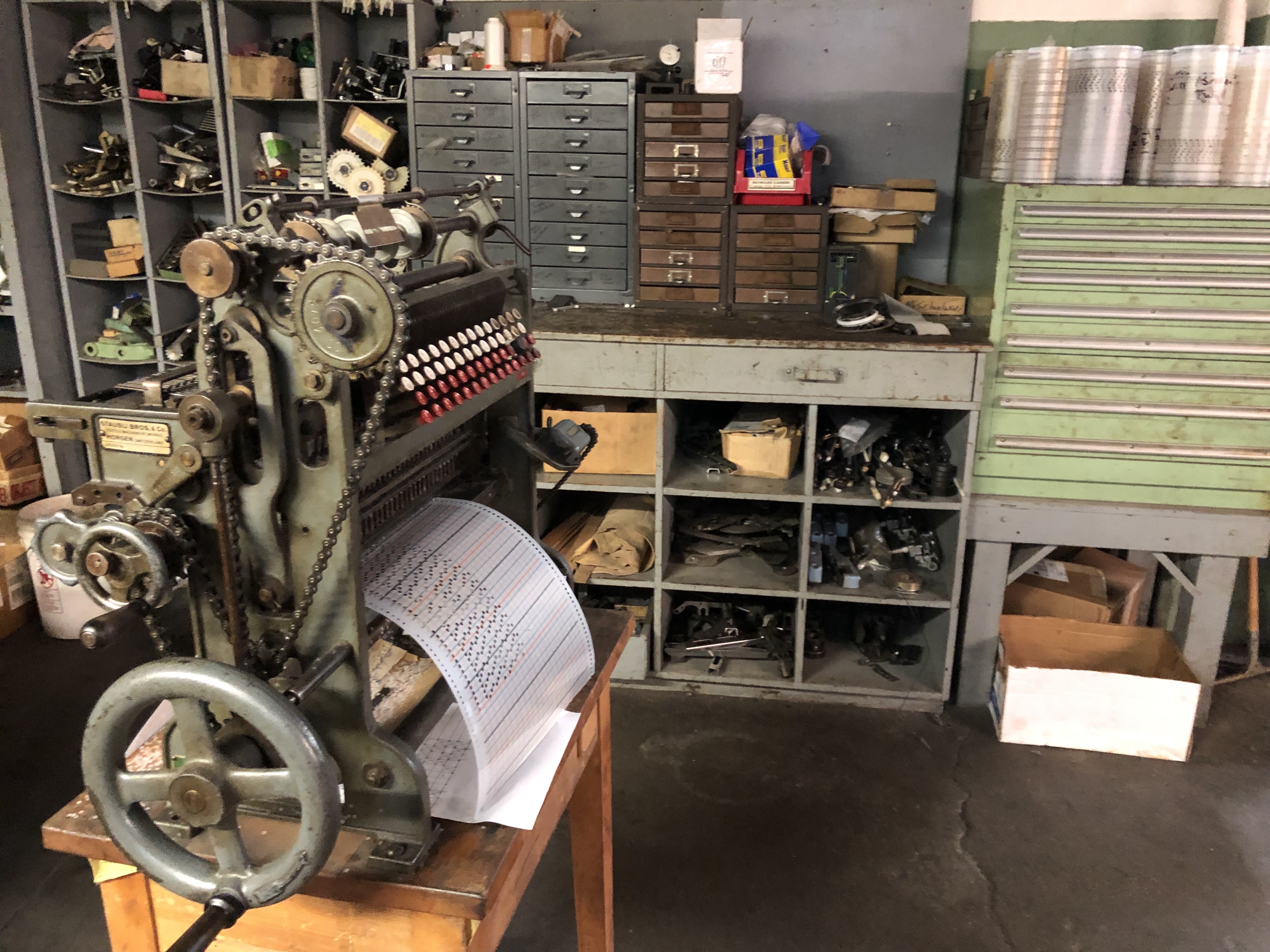
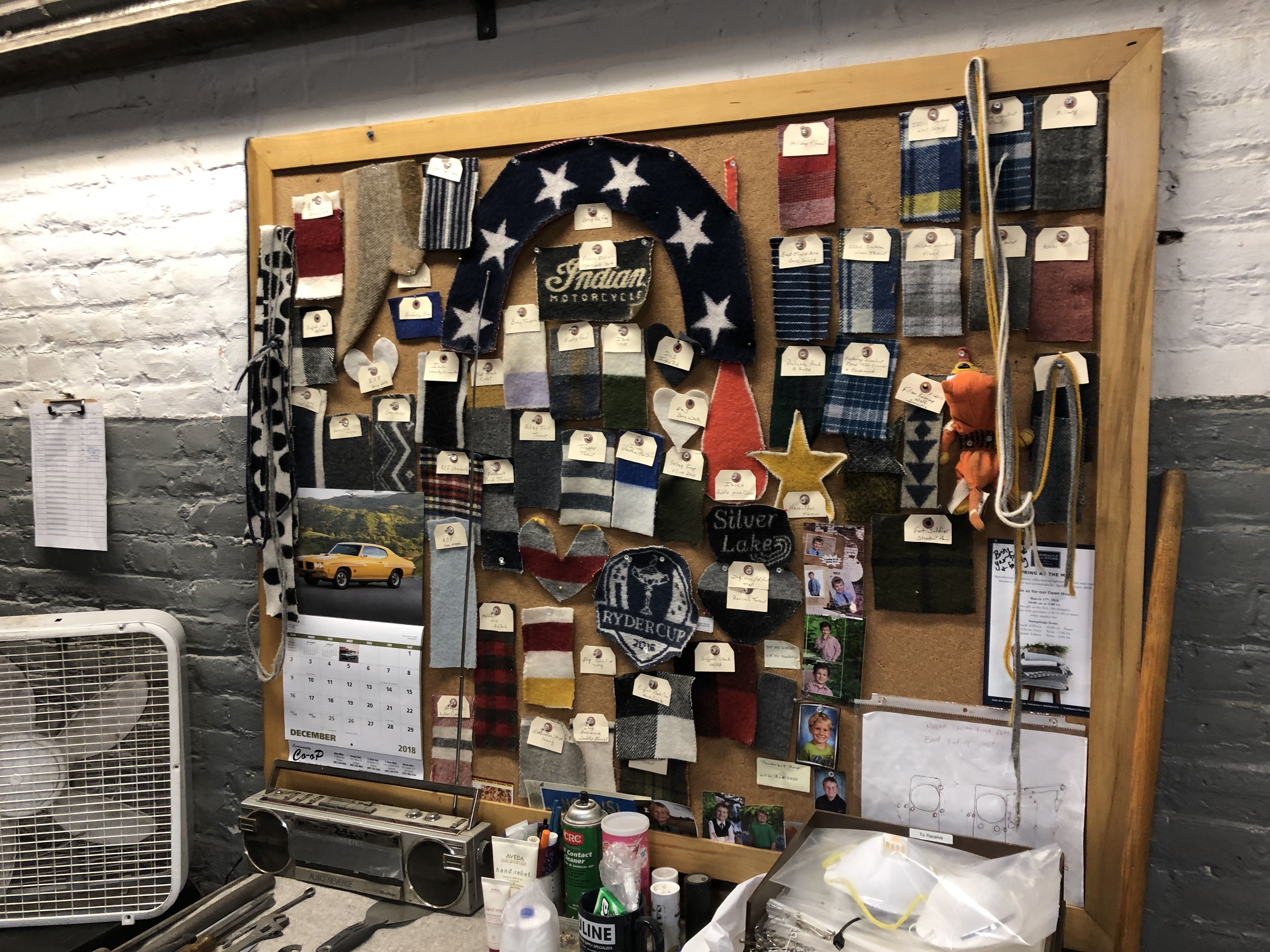
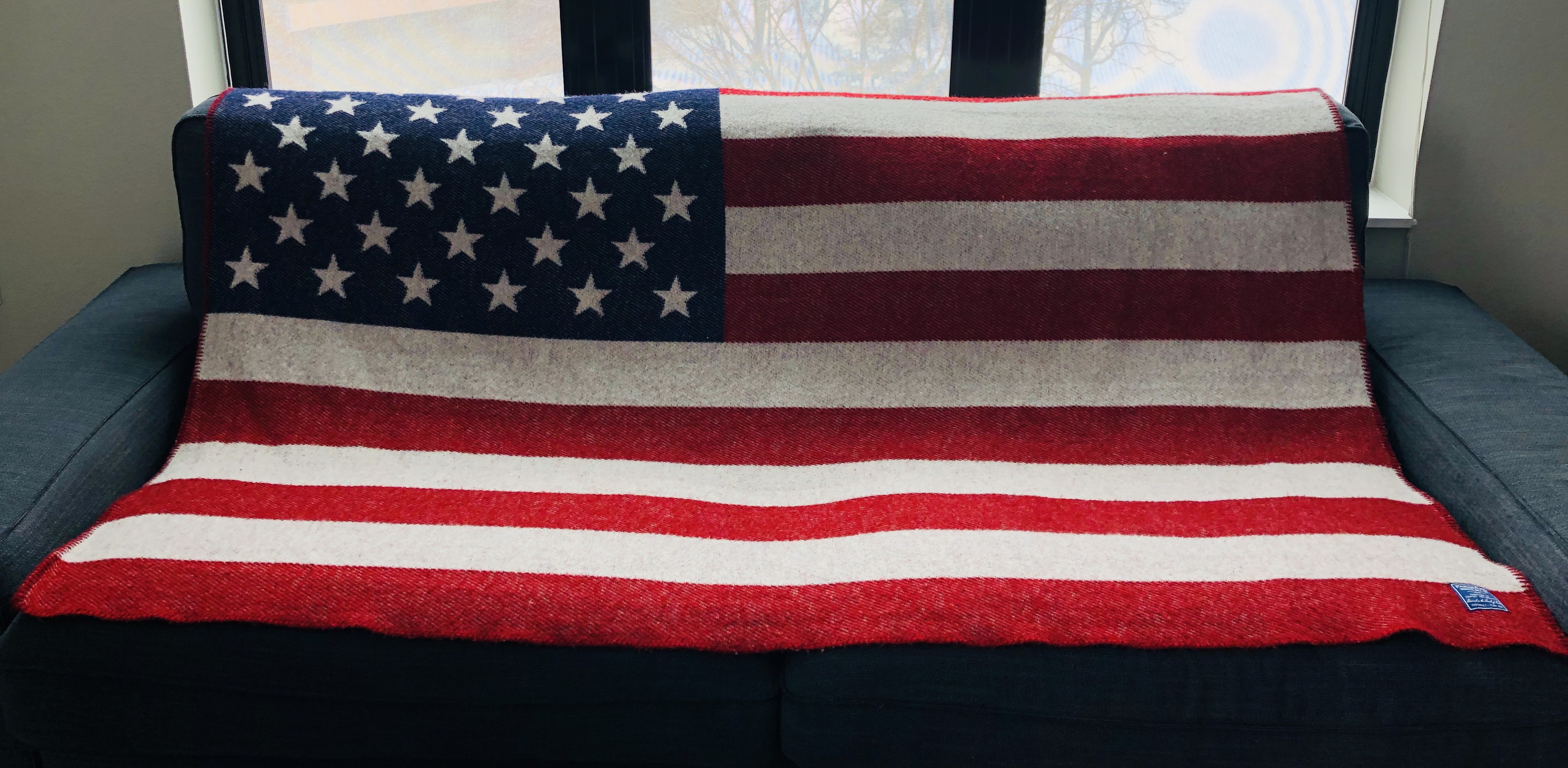
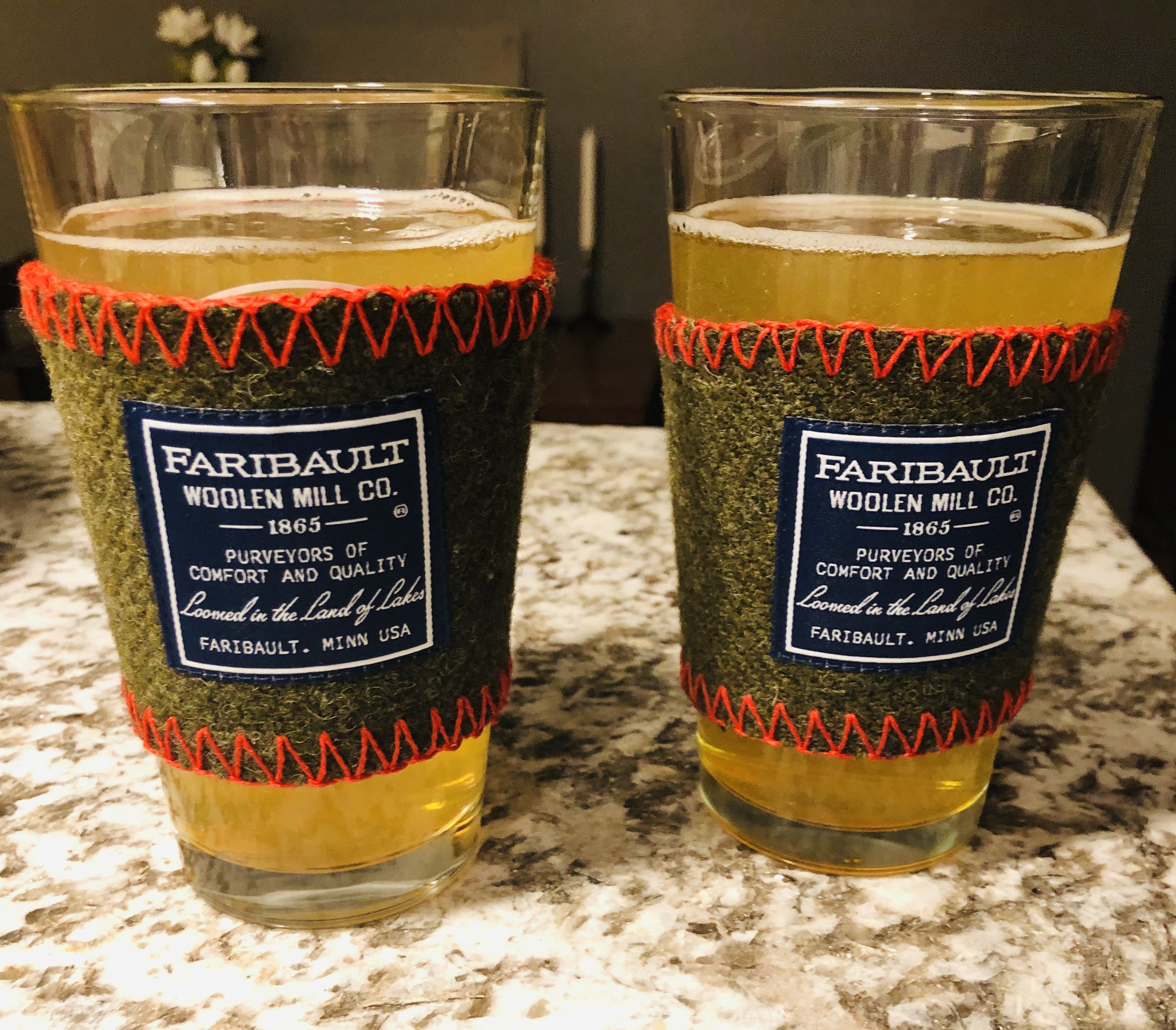



Comments are closed.